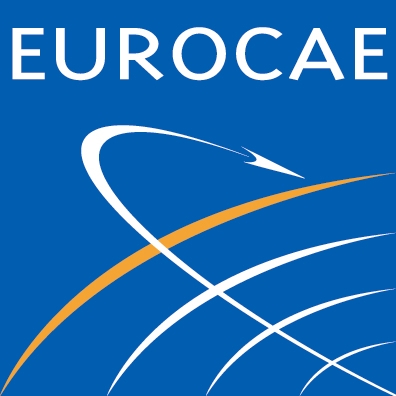Highest contributions at EUROCAE high level meeting in Brussels

Top decision makers in aviation industry gathered together in Brussels to discuss about the main challenges of the industry. There were two panel sessions, with presentations from speakers, discussions and questions from the floor. After an introduction by Christian Schleifer, EUROCAE’s Secretary General, and Francis Schubert, EUROCAE’s President. Both sessions were quite lively and active.
One of European Commission’s Filip Cornelis’ concerns regarding the development of aviation is capacity, and the challenge is to develop standards to adapt technology to air transport’s continuous growth. Capacity is certainly a big issue for airports, as Jörn Muthmann from Fraport noted, saying that airports have to deploy better operating capacity when physical development is not possible as passengers need and deserve safety and predictability of operations.
ICAO’s Steve Creamer noted a change in relationships between ICAO and technical standards developing bodies like EUROCAE, and similar bodies, who should be in charge of developing the technical standards with a validation from ICAO. This enhances ICAO approach towards performance- based regulations.
Patrick Ky confirmed this approach and stated that the main challenge for EASA would be to accompany, or anticipate, the changes in a flexible manner. To do that, the agency will have to rely more on industry standards, that can change at quicker pace than the regulations.
This is where Kay Kratky, Austrian Airlines/Lufthansa Group said that technology, and especially digitalization need to be deployed in cockpits and for the ATM, and this is where EUROCAE’s role is important, because EUROCAE is working directly with the industry from the beginning.
The focus was then centered on ATM, with Jan Pie from ASD commenting that it is a very complex ecosystem, with very old and very new technologies operating together constantly. ATM is much more conservative than other sectors of the industry, but a disruption is coming from big players like Amazon and Google, and the challenge for Europe, and for EUROCAE, is to make sure that we have European solutions and leadership.
ATM continued to be the main focus point during the second session, where Eamonn Brennan of EUROCONTROL addressed the issue of technology: it is more the way you respond to technology, and how people can respond to it. Skyguide’s Alex Bristol confirmed that view, saying that the industry should not innovate for the sake of innovation, but implement good ideas. And again, EUROCAE has a big part to play, to avoid different standards inside Europe and ensure interoperability. Then Florian Guillermet, SJU, noted the need to better synchronize air and ground dimensions and ensure faster uptake of technology onto operations.
The remarks from Marc Kegelaers from Unifly, brought a new perspective: integrating drones in the ATM, and UAVs have forced the regulator to react. Nicolas Warinsko from SDM agreed that this is a disruption - and disruption, as well as innovation, are reasons why SDM are clients of EUROCAE’s standardization products.
Christian Schleifer thanked the speakers and attendees, and said that EUROCAE synchronizes the development of standards to the regulations and the needs of the aviation community, with the help not only of the staff, but also of about 2000 people working together. The conclusions of this High Level Meeting will help EUROCAE to adapt its strategy, and the outcome will be integrated in the organisation’s work programme.





.png)

.jpg)

Comments
There are no comments yet for this item
Join the discussion